Italy, a country steeped in history and rich in cultural heritage, boasts some of the most remarkable ancient sites and historical places in the world. This exploration will take you through Italy’s iconic landmarks, each with its unique story and significance. From the grandeur of the Colosseum and the timeless elegance of the Pantheon to the haunting ruins of Pompeii and the architectural marvel of the Leaning Tower of Pisa, Italy’s historical tapestry is vast and varied.
Get your dose of History via Email
Discover the sprawling Valley of the Temples, the political heart of ancient Rome at the Roman Forum, the opulent retreat of Hadrian’s Villa, the formidable Castel Sant’Angelo, and the well-preserved remains of Ostia Antica. Each site offers a glimpse into the past, inviting you to walk in the footsteps of ancient civilizations and experience the grandeur of a bygone era.
Colosseum
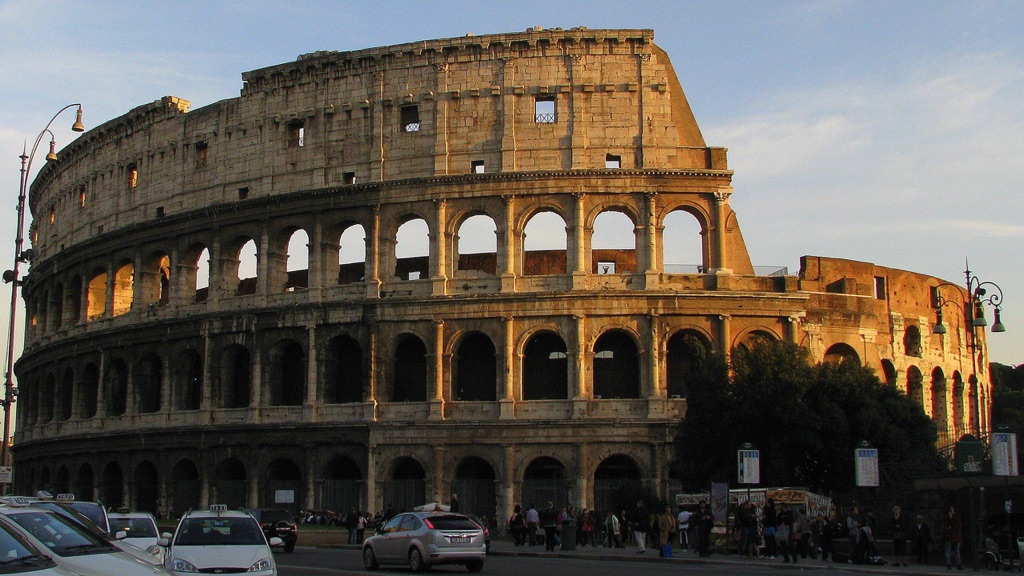
The Colosseum, also known as the Flavian Amphitheatre, is a symbol of ancient Roman engineering and gladiatorial combat. Built around 70-80 AD, it’s the largest amphitheater ever constructed. Its elliptical design was groundbreaking, allowing for up to 80,000 spectators. Visitors should come early to avoid crowds, especially in summer. There’s an entrance fee, but the Roma Pass includes a visit here.
Pantheon
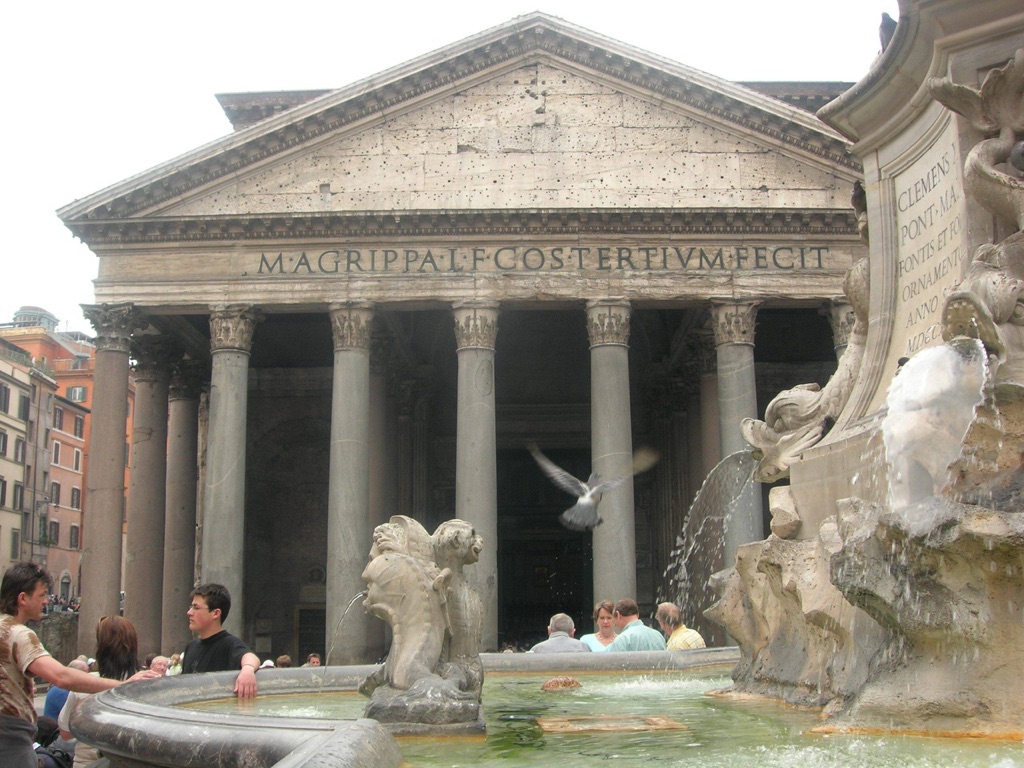
The Pantheon, a former Roman temple now a church, is renowned for its massive dome and oculus. Built around 113-125 AD, it boasts the world’s largest unreinforced concrete dome. The oculus, the central opening, is key for natural lighting. The best time to visit is on a sunny day to see the light beam. Entrance is free, making it a must-see for history buffs.
Pompeii
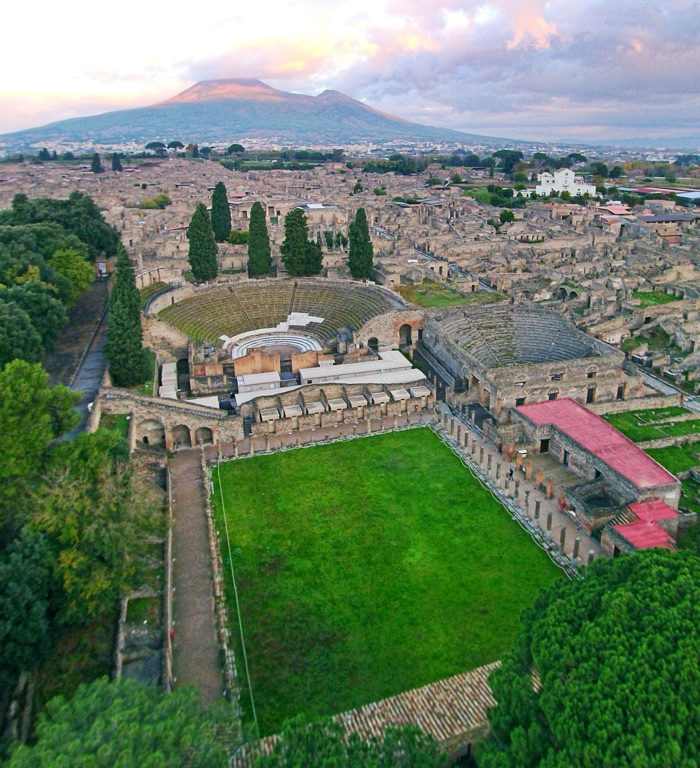
Pompeii offers a snapshot of Roman life, frozen in time by the eruption of Mount Vesuvius in 79 AD. The site features well-preserved buildings, mosaics, and frescoes. Early morning or late afternoon visits help dodge the heat and crowds. There’s an entrance fee, and hiring a guide can enrich the experience.
Leaning Tower of Pisa
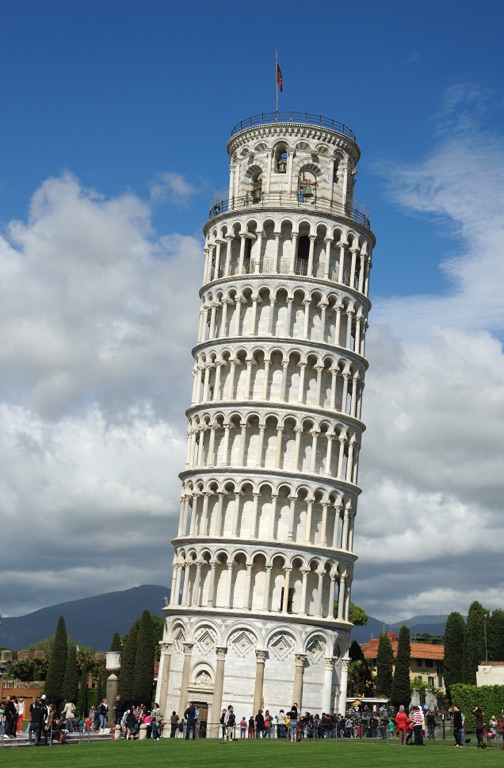
The Leaning Tower of Pisa is famous for its unintended tilt. Construction began in 1173 and took nearly 200 years. The tower’s tilt is due to unstable foundation soil. Visitors can climb the tower for a fee, with the best time being at sunset for a stunning view. Booking in advance is recommended.
Valley of the Temples
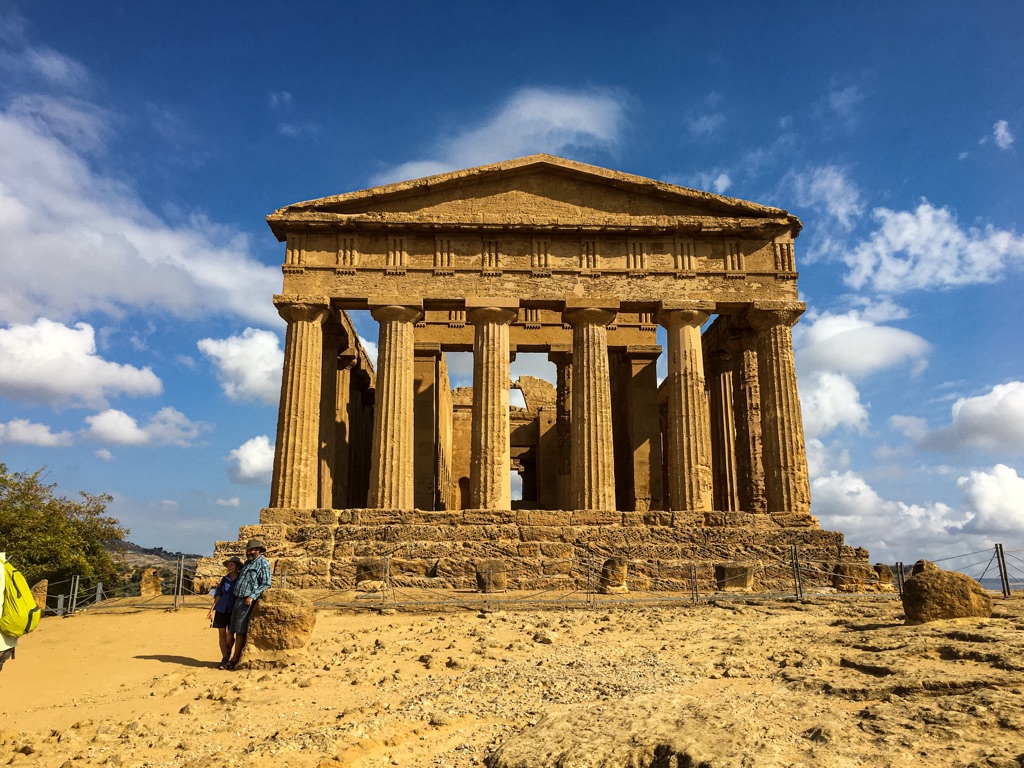
The Valley of the Temples in Sicily is a striking example of Greater Greece’s architecture and includes some of the best-preserved Doric temples. Built between 510 BC and 430 BC, these temples are a testament to ancient Greek civilization in Italy. Spring and fall offer pleasant weather for visits. There’s an entrance fee, and sunset tours are particularly magical.
Roman Forum
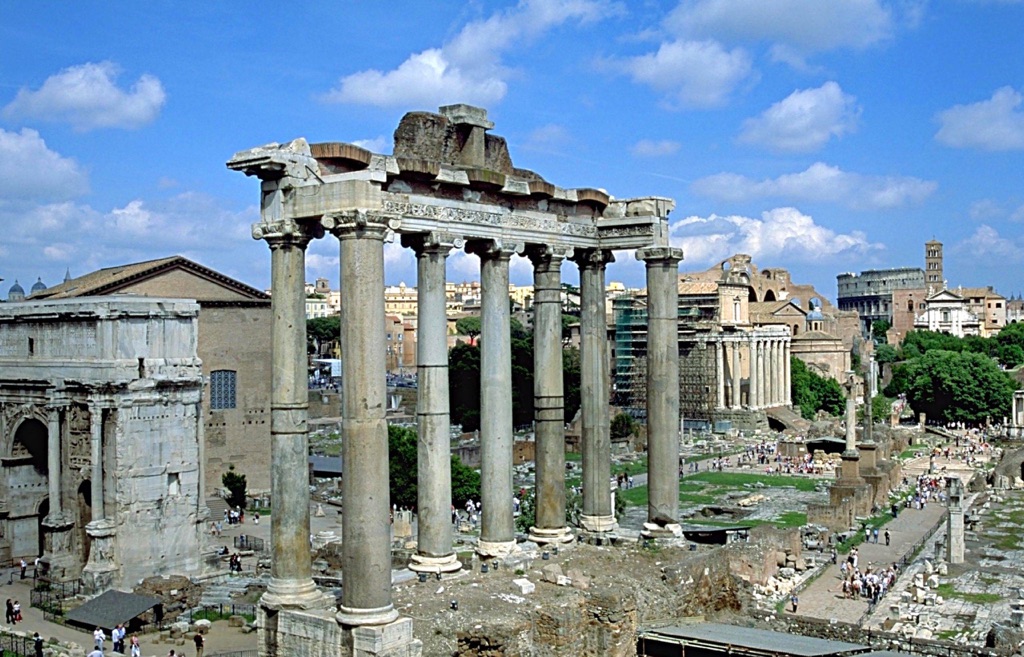
The Roman Forum was the heart of ancient Rome, hosting elections, public speeches, and trials. It dates back to the 7th century BC. The ruins include several important ancient government buildings. Early morning is the best time to explore the Forum to avoid the heat. There’s an entrance fee, which usually includes the Palatine Hill.
Hadrian’s Villa
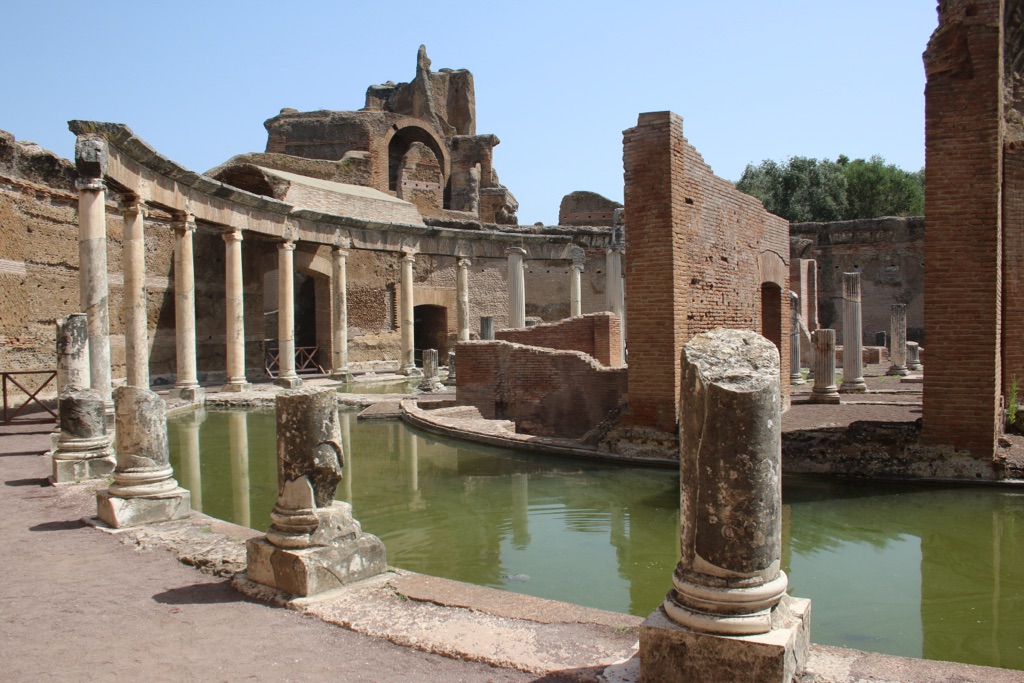
Hadrian’s Villa, built by Emperor Hadrian in the 2nd century AD, was a retreat from Rome. The complex includes pools, baths, and gardens, showcasing Roman architecture and art. The best time to visit is during spring or fall. There’s an entrance fee, and visitors should allocate several hours to fully explore the vast site.
Castel Sant’Angelo
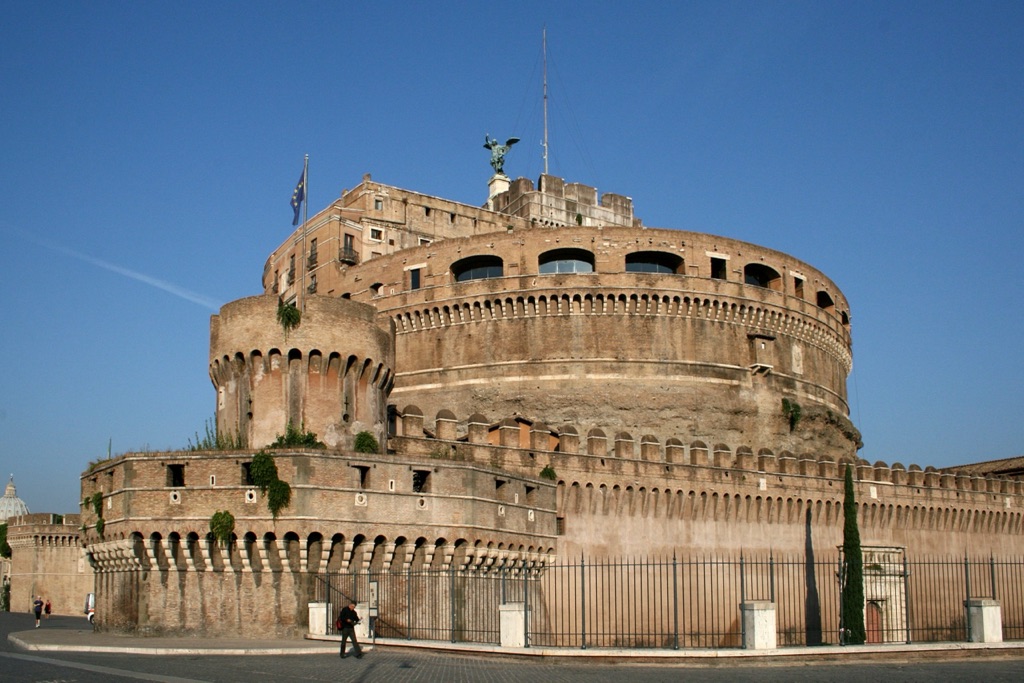
Originally Emperor Hadrian’s mausoleum, Castel Sant’Angelo was later transformed into a fortress. Built around 123-139 AD, it features a distinctive cylindrical shape. The castle offers panoramic views of Rome. Late afternoon visits are ideal for sunset views. There’s an entrance fee, and the castle often hosts temporary exhibitions.
Ostia Antica
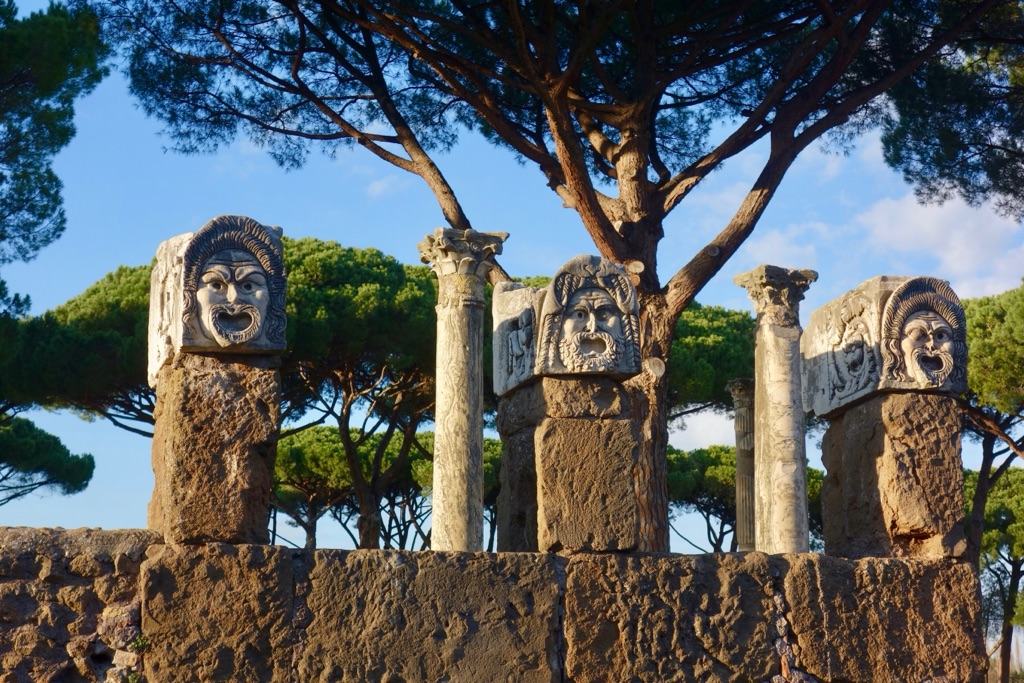
Ostia Antica was the harbor city of ancient Rome and is remarkably well-preserved. Founded in the 4th century BC, it provides insight into Roman urban life. The site features baths, apartments, and frescoes. Morning visits are best to beat the heat. There’s an entrance fee, and the site is less crowded than Pompeii, offering a more tranquil experience.

